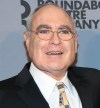Story of the Week: A Generational Change in Leadership at New York’s Theaters
Several city theaters and one trade association are currently looking to fill top positions.
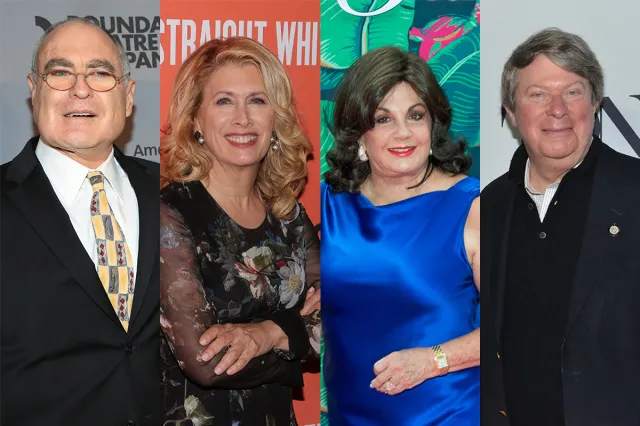
(© David Gordon / Tricia Baron)
On Tuesday, longtime Broadway League president Charlotte St. Martin announced that she was stepping down. St. Martin has led Broadway’s trade association since 2006 and is the latest in a string of powerful industry leaders to announce their departure.
Story of the Week will look at multiple retirements (and one death) at New York’s top theater organizations and what they portend. But first, to address a question prompted by the previous sentence…
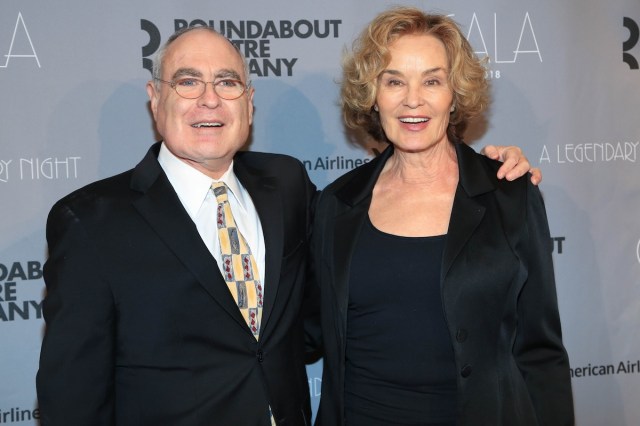
(© Tricia Baron)
Who died?
Roundabout Theatre artistic director Todd Haimes died last April at the age of 66 following a long battle with osteosarcoma. He had been with Roundabout since 1983, when he joined as managing director. Haimes was instrumental in transforming what was a modest off-Broadway company into the most significant not-for-profit producer on Broadway. Roundabout operates the Stephen Sondheim Theatre, Studio 54, and the venue formerly known as the American Airlines Theatre.
Roundabout is mounting a Broadway revival of John Patrick Shanley’s Doubt in the latter venue (previews start February 2), but the 2024-25 season will kick off in September at the newly renamed Todd Haimes Theatre with a revival of David Henry Hwang’s Yellowface. The theater will also host the Broadway transfer of Sanaz Toossi’s Pulitzer Prize-winning drama English and a jazz-infused revival of The Pirates of Penzance starring Ramin Karimloo and David Hyde Pierce. And that’s just on Broadway. Roundabout also has a full off-Broadway season planned under the leadership of interim artistic director Scott Ellis, who is slated to helm Pirates. It’s honestly the most exciting Roundabout season in many years, and I suspect that if it succeeds, Ellis (who has been associate artistic director of Roundabout since 1998) will be invited to knock the “interim” off his title.
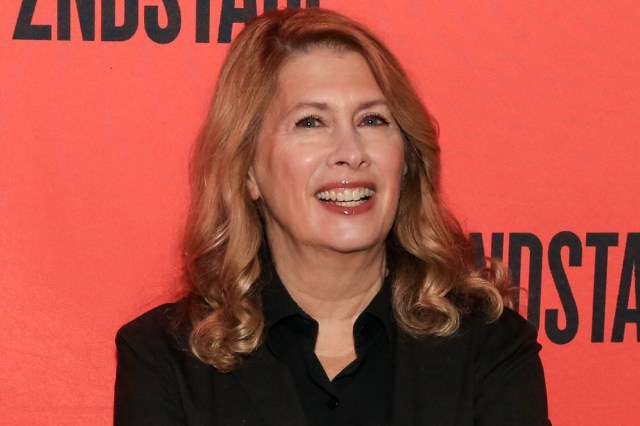
(© Tricia Baron)
What’s happening at Second Stage?
Second Stage became the latest not-for-profit with a consistent presence on Broadway when it purchased the Helen Hayes Theatre for $24.7 million dollars in 2015. “We pledge to keep our new theater a bustling center of activity on Broadway, nurturing not only new plays from established and emerging writers, but also feeding a new, diverse generation of theatergoers who will help keep American plays at the heart of the Broadway experience,” said the company’s co-founder and artistic director Carole Rothman at the time. And she’s kept that pledge, most recently with the extended run of Branden Jacobs-Jenkins’s Appropriate.
Rothman announced her retirement in September. She has led Second Stage since 1979 and will end that remarkable 45-year run with the conclusion of this season. Her final Broadway show as artistic director will be the world premiere of Paula’s Vogel’s Mother Play, with a cast that includes Jessica Lange, Jim Parsons, and Celia Keenan-Bolger. The Second Stage board has formed a committee to search for Rothman’s replacement. I predict we’ll have a name by the summer.
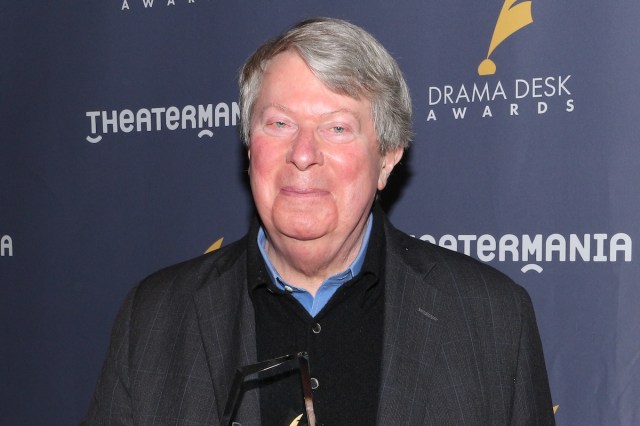
(© David Gordon)
What about Lincoln Center Theater?
Just days after Rothman announced her exit, André Bishop, who has led Lincoln Center Theater since 1992, revealed that he will step down at the end of the 2024-25 season, giving the organization ample time to consider a replacement. 2025 will mark the 40th anniversary of LCT, which was re-established by former Mayor John Lindsay and Gregory Mosher in 1985 following a four-year period in which both the Vivian Beaumont (Lincoln Center’s Broadway theater) and the Mitzi E. Newhouse (off-Broadway) were mostly dark.
Bishop will have led the organization for 33 of those years, turning the Beaumont into a home for lavish revivals of Golden Age musicals, championing challenging musicals and dramas in the Mitzi, and building a third space above the two preexisting theaters for edgy new work under the banner of LCT3. Most importantly, Bishop’s tenure has marked a period of remarkable stability considering the history of this position.
If there’s a job akin to Pope of New York’s not-for-profit theater, this is it: The artistic director of the Lincoln Center’s resident theater company (it has gone by many names since the Beaumont opened in 1965) must preside over a living church in what is essentially a world heritage site. He (there has yet to be a she) must also satisfy the needs of several competing interests while keeping the organization solvent. Joseph Papp was elevated to the throne in 1973 but abdicated in 1977, claiming he had been “trapped in an institutional structure both artistically and fiscally.” Jules Irving, who served in the same position during the seven years before the reign of Papp, left for similar reasons, resigning when financial constraints led to the cancellation of the Forum season (as the Mitzi was then known). It’s a harder job than the aptly named Bishop has made it look.
Bishop was 42 and had been the artistic director of Playwrights Horizons for a decade when he took the job at LCT. I suspect that his successor will be someone with just as much administrative experience, but also youthful enough to project the illusion of a daring choice.
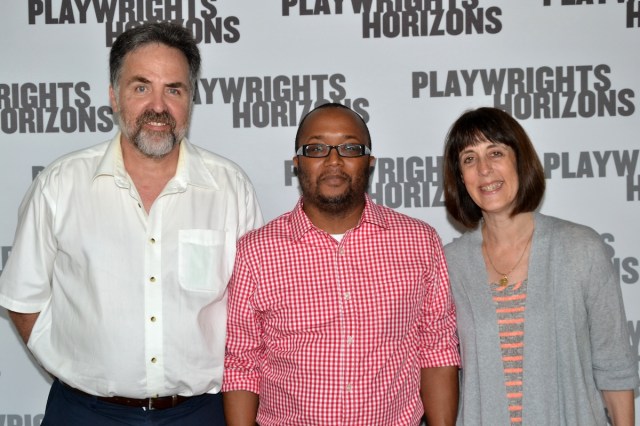
(© David Gordon)
What’s happening at Playwrights Horizons?
The off-Broadway theater on 42nd Street already underwent a significant change of leadership in 2020 when longtime artistic director Tim Sanford handed over the reins to Adam Greenfield, who was unfortunate enough to begin his tenure during a pandemic as detrimental for theaters as it was for people. But Playwrights Horizons survived, and since then, Greenfield and his team have reasserted the theater’s position as the premier home for new American plays off-Broadway with hit productions of Bruce Norris’s Downstate and David Adjmi’s Stereophonic, which just announced a move to Broadway.
Having steered the ship through the storm, it’s as good a time as any for the company’s managing director, Leslie Marcus, to announce her retirement, set to take place officially with the end of this season. Marcus came in shortly after the Bishop years and has worked alongside three artistic directors: Don Scardino (1993-1996), Sanford (1996-2020), and Greenfield (2020-present). I expect her replacement to be someone with a low profile and a high level of competence — someone who can make money appear out of thin air, an essential trick for managing a not-for-profit theater in a time of dwindling patronage.
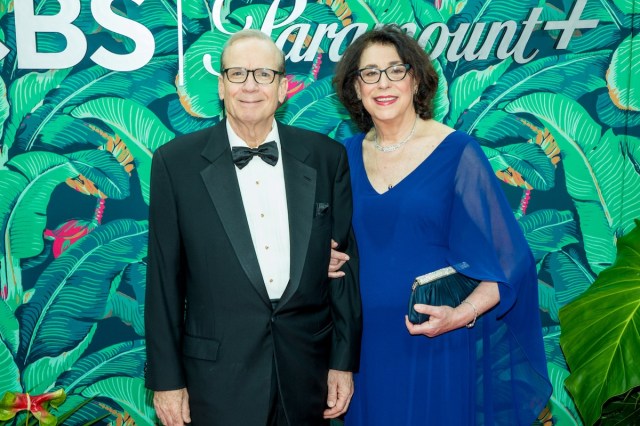
(© Tricia Baron)
And Manhattan Theatre Club?
Last January, Manhattan Theatre Club’s longtime executive director, Barry Grove, retired after 48 years with the company. He was succeeded by Chris Jennings (formerly of DC’s Shakespeare Theatre Company) that spring. MTC is the fourth not-for-profit Broadway producer (alongside LCT, Second Stage, and Roundabout). It is currently led by Lynne Meadow, who is now entering her 52nd year as artistic director and has announced no plans to retire.
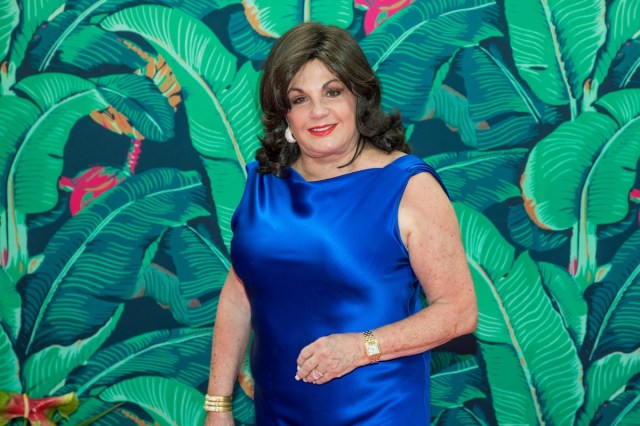
(© Tricia Baron)
Who will be the next president of the Broadway League?
St. Martin announced her retirement on Tuesday, and it is entirely too early to speculate on a replacement. In an e-mail to the press, she called her departure “the most difficult decision I have ever had to make in my professional life” and noted, “I had hoped to hold off on retirement until the headwinds that just keep coming were basically gone, but that doesn’t seem to be happening soon.”
As an organization representing the interests of the for-profit theater, the Broadway League is a very different beast than the not-for-profit theaters discussed above — but there are some similarities. While the League’s latest demographic report shows positive momentum for Broadway attendance and ticket sales, the numbers reveal an industry that still hasn’t fully bounced back from the pandemic. For-profit theater is subject to the same rising production costs that have hurt so many not-for-profit theaters, and one wonders how much of that cost can be passed on to consumers in the form of higher ticket prices before audiences begin to look for more economical forms of entertainment.
St. Martin’s replacement must have a keen understanding of these dynamics, an ability to negotiate with the theater’s many labor unions, and a talent for representing the industry to the wider world.
This is a pivotal moment for New York theater, and the committees formed to find replacements for St. Martin, Marcus, Bishop, Rothman, and Haimes won’t just be deciding on suitable candidates, but determining the fundamental direction of their organizations. Is it better to be well-respected among theater artists or big donors? Is it better to shore up the audience you already have or lose sight of the shore to find new audiences? What’s more important in a leader: experience or vision? Ideally, these organizations will find someone who embodies all of these qualities, but realistically I suspect they’ll have to make some difficult choices.





